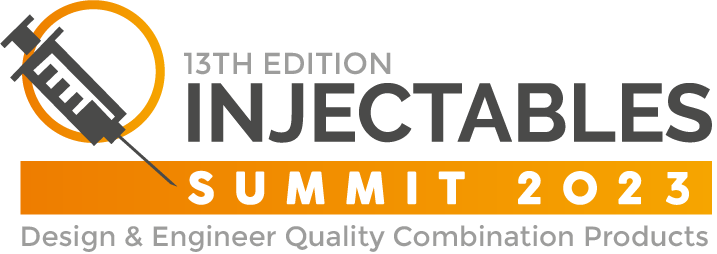8:30 am Coffee & Networking
Navigating Regulatory Frameworks to Ensure Smooth Approval Pathways
9:15 am Chair’s Opening Remarks
9:30 am Development of a Device with EU MDR in Mind
Synopsis
- Incorporation of GSPR – Annex 1 compliance from device conception onwards, to increase device design process efficiency and decrease development timelines
- Clinical Evaluation – Article 61, Annex XIV Part A – considerations for fast progression through regulatory process
- Development of a Regulatory Strategy Compliant with Article 10, Annex IX and how this will assist your device development from conception through post market surveillance
10:00 am Roundtable Discussion: Regulatory Guidance from the FDA on Combination Products
Synopsis
- Advise on what human factors information to include in the submission package with respect to combination products expediate your approval process
- Clarity on MOA and PMOA for combination product parts and best practise for submitting pre-quests for designation to help you navigate approval
- Clarity on ‘Freedom from unacceptable risk’ and the best approach to quantify or qualify this statement in the submission for novel devices and drugs to assist in your novel product developments speed to market
11:00 am Morning Refreshments & Networking
Accelerating Next Generation Injectable Device Innovations to Enhance Patient Experience
11:30 am Development of an Ultra-High Volume Subcutaneous Injectable Cancer Therapeutic for Optimized Patient Delivery Experience
Synopsis
- Interdisciplinary integration of the drug and product development for this UHV therapeutic
- Ranges of dose sizes available and how this was developed
- How patient centricity informed this development process and how you can improve the patient experience profile of your own injectables in development
12:00 pm Development of a Patient-Centric RNA Formulation for Injectable Delivery
Synopsis
- Formulation development for subcutaneous RNA delivery to improve patient experience
- How patient-centred outcomes influenced the development of the formulation to assist you in developing your own patient centric drug
- Lessons learned in the development and approval process of a subcutaneous RNA therapeutic
12:30 pm Lunch & Networking
1:45 pm Panel Discussion: Patient Centric Injectable Drug Delivery Improvement & Innovation
Synopsis
- Development of injectable devices capable of delivery drugs at home with minimal pain for the improvement of patient experience
- Discussion of novel formulations focussed on patient centricity to improve patient experience and compliance
- New developments in injectable drug delivery to assist in your landscape understanding and in the identification of new technology
2:15 pm Leveraging Capabilities: Keys to Enabling Fast Scale-Up and Good Design Transfer for Injectables
Synopsis
- Development of a transferable manufacture process to allow for quick scale up post-approval
- Supplier selection and management considerations in device development to assist you in in-built scalability and transferability
- Automated part contract manufacturing, and how early material selection can assist you in developing your device
